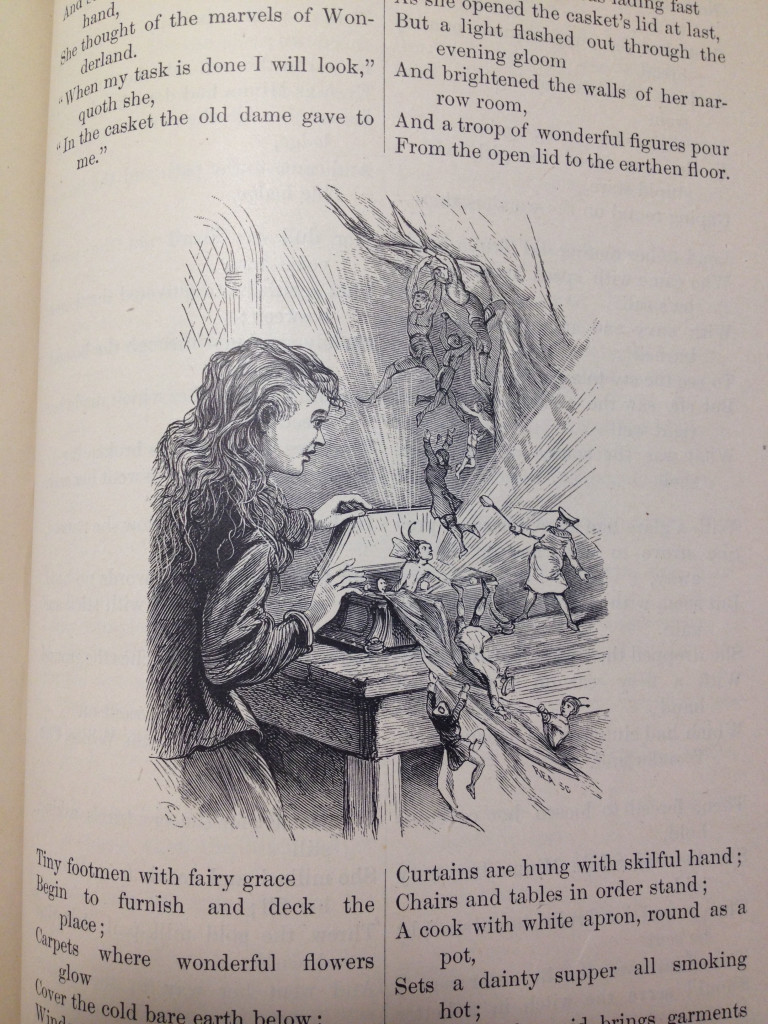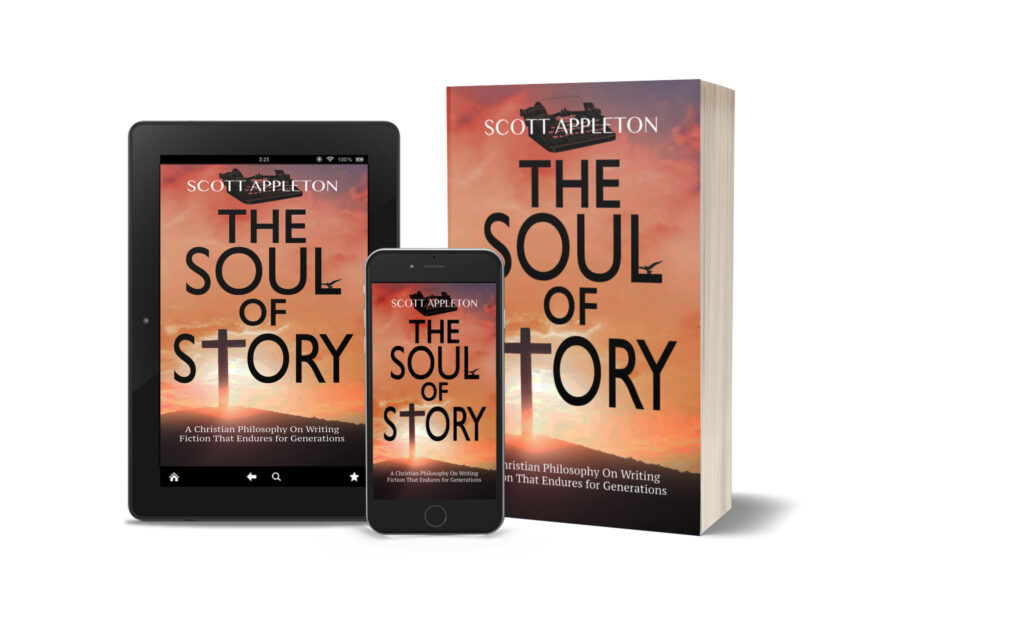People do judge a book by its cover. It’s a fact, like it or not. Thus the high priority on a good cover. Hiring a professional artist is a must… But the next impression is just as important and that is the look and feel of the book’s interior. This week I wanted to do something a bit different by highlighting what a good typesetter can do for a novel.
You know the feeling. As a reader you walked into your favorite bookstore and began perusing the shelves for that fresh read. If you are like me the title is the first thing that jumps out at you. You pass over the boring titles (and the ones that scream copycat) and your eyes pause on something that interests you. You pull it off the shelf and immediately resist the urge to let the bile out of your stomach. Yep, the cover is just plain awful. Some author’s niece did it and it screams amateur. Subliminally you are now weighing the possibility in your mind that the author took just as little care and consideration for the content on the pages of that book. You are likely going to flip it open to try the first page (or a random one if you’re one of those kind). But the layout of the book looks as if it were pulled directly off of its MS Word document. The font is all-to-familiar, the chapter headings bland, and the margins are not justified. Your impression? This isn’t worth my time!
You know the other feeling too, of that title that catches your eye. The cover that gives you that Wow factor. Then at last (with one eye closed in case you’re to be disappointed again) you open the book. This time the book’s interior design, layout, and the typesetting are tight. Thus, undeterred you read the first pages with a lot more faith than you did in that amateurish book.
I say all of this to point out that some people are really good at what they do. They have a gift for turning something ordinary into a work of art that will delight the reader’s eye. Sometimes I have made the mistake of looking for the cheap out when it comes to book artwork, design, and typesetting. Yet constantly I see that hiring professionals to produce a great product builds my brand far better than if I cut corners.
For my first book and my two recent novels I used Katherine Lloyd. If you are interested in seeing what a professional does with a book I highly recommend you check out her website: TheDeskOnline Recently Katherine finished typesetting The Phantom’s Blade for me, which will release November 6th 2015. The product looks terrific and gives that touch of artistry that will really make reading this new novel a pleasure.
Q: What books have impressed you with their presentation, and which have turned you away?




Recent Comments